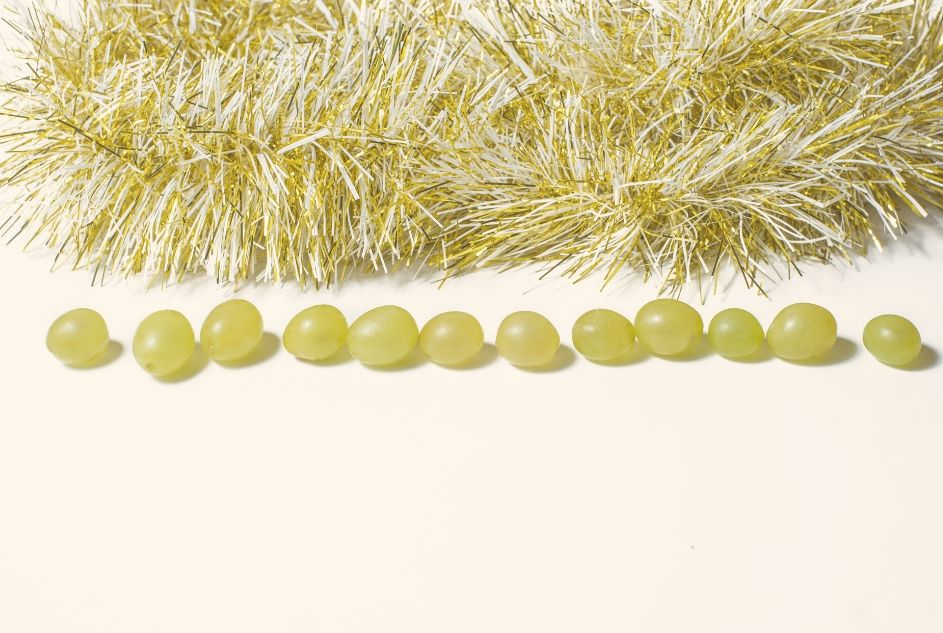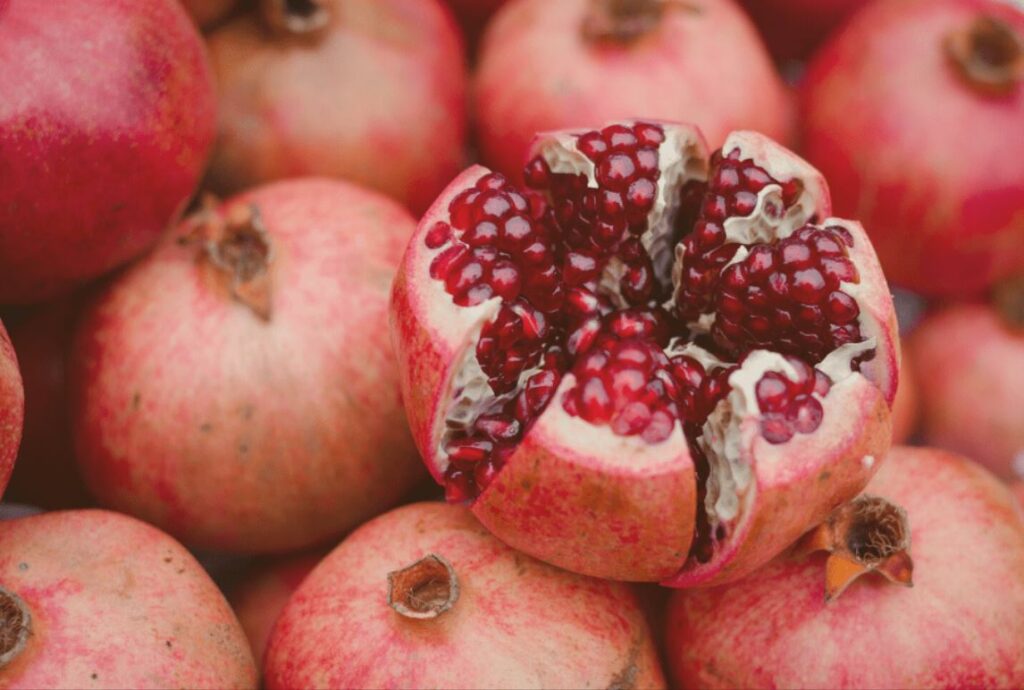

What’s a celebration without food and drinks traditions?
Americans celebrate New Year’s Eve with big parties, drinks, fireworks and a midnight kiss. Sure, there’s food, but booze steals the spotlight. Many cultures have traditions involving food and drinks meant to usher a year of prosperity, health and happiness.
Here’s a small sample of New Year’s Eve food customs from around the world.
United States: Alcohol and Black-Eyed Peas
Americans traditionally enjoy champagne, wine, beer and cocktails on New Year’s Eve. But in the South, they also enjoy Hoppin’ John, a dish of black-eyed peas and rice, usually served with collard greens and cornbread.
The peas symbolize coins; the greens represent money; and the cornbread is the color of gold. The dish is intended to bring good luck in the coming year.
Puerto Rico: Pork and More
Puerto Rico is pretty consistent when it comes to Christmas and New Year’s Eve food. The celebration calls for roasted pork leg, arroz con gandules (rice and pigeon peas), pasteles (made with plantain, yautia, meat, chickpeas, capers, spices and other delicious ingredients), arroz con dulce (short-grain rice, sugar, cinnamon and raisins), tembleque (a type of coconut pudding), and coquito (a creamy drink made with coconut milk, rum and spices such as nutmeg and cinnamon).
Many Puerto Ricans welcome the New Year with a toast of bubbly cider, and some follow the Spanish custom of eating 12 grapes at midnight.


Spain: 12 Grapes
Spaniards traditionally start the New Year by eating 12 grapes at midnight—one grape during each stroke of the clock, representing the 12 months of the coming year. Sweet grapes predict good months, while sour predict bad ones. Not finishing all 12 grapes by the last stroke means bad luck.
Mexico: Rosca de Reyes
Rosca de Reyes is a ring-shaped bread or cake decorated with fruit, nuts and sugar that is eaten on January 6 to celebrate the Epiphany or Three Kings’ Day. Sometimes a tiny model of a baby Jesus or a trinket is hidden inside the ring, which grants good luck to the person who receives the slice with the trinket.
Italy: Cotechino con Lenticchie
This traditional Italian dish pairs sausage and lentils in a savory stew. The stew typically contains “lo zampone”—the hoof of the pig, which symbolizes abundance. Because of their coin-like shape, lentils represent prosperity in the coming year.
Germany: Berliners and Sugar Pigs
Germans eat doughnuts known as berliners during their New Year’s festivities. Berliners are topped with powdered sugar and filled with fruit jam, although sometimes they’re filled with mustard as a practical joke.
Germans also eat glücksschwein, tiny pigs made with sugary almond paste, and drink feuerzangenbowle, which is made with warm mulled wine, cinnamon, cloves and orange peel.
Japan: Soba Noodles
The Japanese eat buckwheat soba noodles, or toshikoshi soba, at midnight on New Year’s Eve to bid farewell to the old year and welcome the new one. Long noodles symbolize longevity and prosperity, so they eat the noodles whole.
Other traditional Japanese foods eaten on New Year’s include kuromame (sweet black beans), kazunoko (herring roe), kobumaki (rolled kelp), rice cakes, and shrimp.
Greece: Vasilopita
Vasilopita is a round coffee cake usually made with almonds and backed with a coin inside of it. The coin is believed to bring good luck to the person who finds it.
Netherlands: Oliebollen
Oliebollen are doughnut-like, deep fried balls. The dough is mixed with currants or raisins and dusted with powdered sugar. The resulting “oil balls” are served with apple beignets, apple turnovers and champagne.
El Salvador: Egg
This food custom doesn’t include eating. A minute before midnight on New Year’s Eve, people in El Salvador crack an egg into a glass of water and let it sit until the next morning. The shape of the yolk foretells what the New Year will bring.
China: Tang Yuan
For New Year’s, the Chinese enjoy tang yuan—sweet rice dumplings stuffed with a sweet bean paste, fruit preserves, sesame seed paste, nuts and sugar, or chocolate. Traditionally, they’re boiled and served in a clear broth or with ginger-infused syrup.


Turkey: Pomegranate
In Turkey, people smash pomegranates on the floor of their doorways on New Year’s Eve. The more pieces the fruit breaks into and the more seeds (which represent fertility and prosperity) spread out, the more good fortune for the person smashing it.
South Korea: Tteokguk
South Koreans eat this soup filled with rice cakes, meat and vegetables for good luck in and to turn a year older. They believe they grow a year older after midnight on New Year’s Eve rather than on their birthdays, and not eating the soup means not growing by a year.
Poland: Pickled Herring
People in Poland typically eat pickled herring, either with cream sauce or onions, along with other smoked and pickled fish, pâté and meatballs on New Year’s Eve for good luck.
Denmark and Norway: Kransekage
Kransekage, which means wreath cake, is a traditional Scandinavian food served on New Year’s Eve. It’s a tall, cone-shaped cake composed of many concentric rings of cake layered atop one another. The cake is usually served with a bottle of wine or Aquavit in the center and is decorated with ornaments, flags and crackers.
Argentina: Beans
Argentines believe that eating beans on New Year’s Eve will help them keep their jobs or find better jobs in the coming year.
Sweden: Rice Pudding
A traditional New Year’s food custom in Sweden involves serving rice pudding with an almond hidden inside. Whoever finds the almond will receive 12 months of good fortune.
Iran: Kuku Sabzi and Faloodeh
To welcome the New Year, many Iranians eat kuku sabzi, a type of frittata made with egg and fresh herbs, and/or faloodeh, a dessert made with vermicelli noodles and a sugary syrup.
